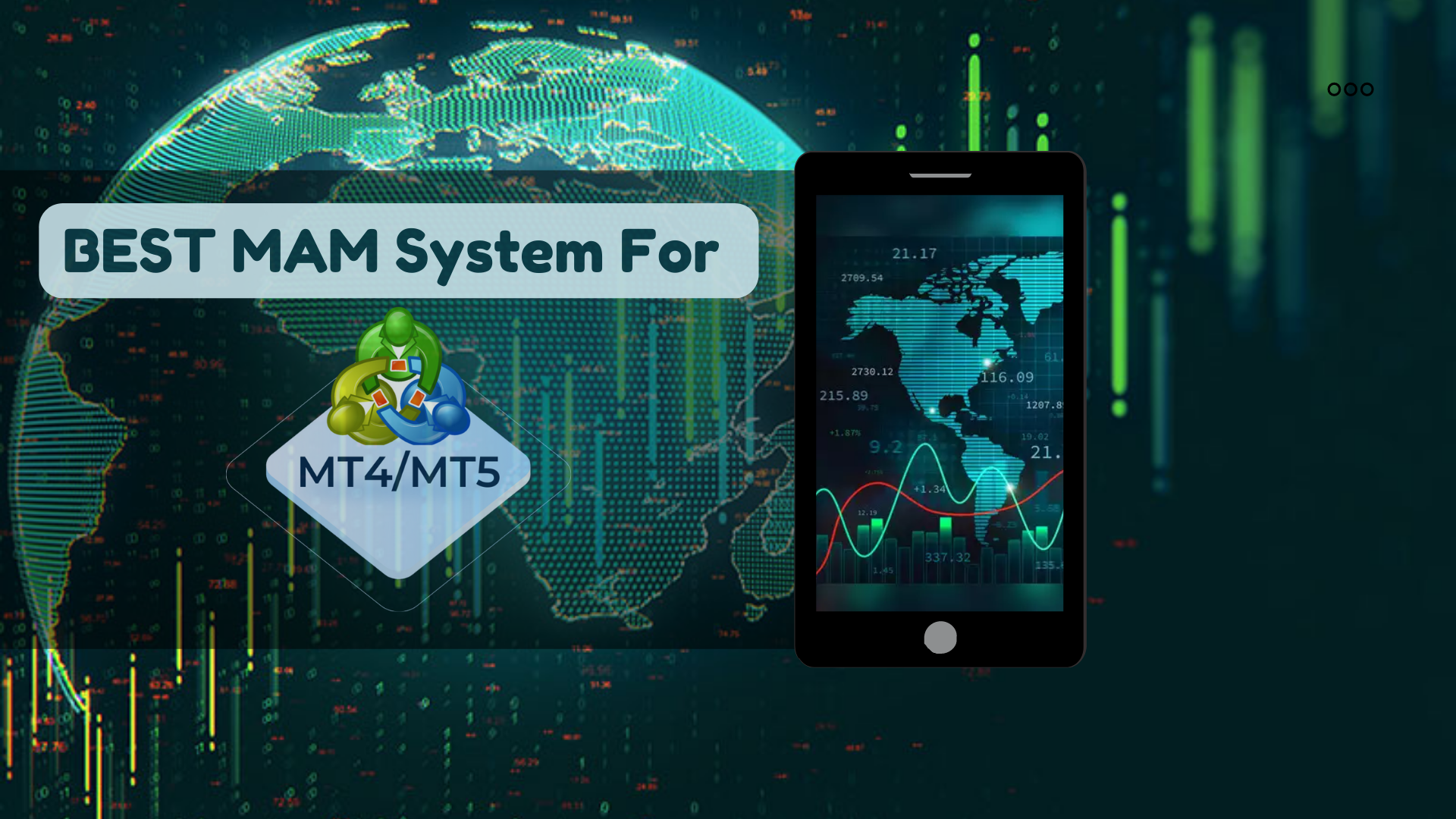MAM is a type of managed account that offers you more control and flexibility over your account. The full form of MAM is Multi-Account Manager, and it is a system where a number of individual trading accounts are connected with one Master Account (MAM Account). The MAM is handled by a professional trader or money manager. When the money manager places a trade on the master account, it is replicated across all the individual accounts.
The MAM trading system allows you to sub-allocate trades in a customised way which means you can set certain important parameters for your account. You can control the amount you want to allocate to the money manager and decide your maximum loss and profit limits, but most importantly, you can monitor your trades and withdraw funds without any hassle. However, when you join a MAM account, you give partial control to the money manager by signing the LPOA (Limited Power of Attorney) document. The money manager will tailor the trading service for each individual investor based on their account size and risk profile.
How does MAM work?
A MAM account allows the trades of an account manager to be reflected in multiple sub-accounts. Basically, the actions of the manager are mirrored across different investor accounts. However, the equity available in each sub-account is based on the total funds pooled together. That means it includes the funds from both the investor’s and the manager’s own funds. Two things determine the returns you make on your investment first, the percentage of funds you invested, which means the more you invest, the bigger your portion of the returns, and second, the leverage and lots traded. It’s like the choices you make in terms of how much risk you want to take and the size of the trades.
How to Determine the Best MAM System for MT4/MT5?
1. Technical Implementation of the Mam System
You mainly have three options to choose how you want to implement the MAM system. Don’t worry, it’s not too difficult to find the right one for you.
Option 1 is to use a server plugin. This means you can add a special tool to your trading server (MT4) that helps manage multiple accounts. It’s a pretty straightforward solution, and it gets the job done.
Option 2 is a bit different. You can set up a separate virtual machine, which is like a little computer that runs alongside the trading server. This virtual machine would handle all the management tasks for your accounts. The advantage here is that it takes some of the load off your trading server, so it can focus on executing trades.
Now, if you want to go all out, there’s Option 3: you can actually use both options together. This means you’ll have the server plugin and the separate virtual machine working in tandem. It’s like having a backup system in place, and it gives you the best of both worlds.
Both options have their benefits and drawbacks. For example, Option 2 is great because it lightens the load on your trading server. But you must consider which approach best suits your business needs.
2. How to Use a Multi-Account Manager (MAM)?
The MAM system can be used in two ways: A-Book and B-Book.
A-Book: It is used for private forex funds and STP forex brokers. This option involves managing trades in a way that keeps everything private and transparent. With the A-Book, the trades are processed through the MT4/MT5 server, and there are some specific settings that you can tweak to your liking.
B-Book: It’s mainly used by retail forex brokers. This option is more straightforward because the trades stay on the server of the trading platform you’re using. You don’t need any fancy extra settings or configurations.
Option 2 seems easier compared to Option 1, isn’t it? With the A-Book, the MAM system must seamlessly work with the MT4/MT5 Bridge. This requires some initial testing and troubleshooting to make sure everything runs smoothly. Therefore, make sure you collaborate closely with MAM or Bridge Provider. Test out different scenarios, as it will help you catch any issues before they become bigger problems.
3. Distribution Methods
There are about ten different allocation parameters that you can choose from. Each of these methods requires proper coding. it’s not easy to find a technology provider who offers all of these methods. The allocation methods are divided into two categories.
The first category is called Regular Allocation, and it’s the most transparent as investors get to see everything, like profits, losses and floating trades. This method works best when investors have almost equal deposits.
The second category is known as Cash-based Allocation. With this method, investors won’t see the details like floating trades, losses, and profits. They’ll only see the end results of the trading. It’s like getting the bottom line without all the complicated stuff. This type of allocation is great for fund managers or small investors who prefer to keep things simple and are not interested in seeing the ups and downs of trades.
4. Pricing
Nowadays, things have changed a lot compared with the old times when you’d pay a one-time fee. Platforms like MT4 and MT5 are constantly evolving with updates and improvements. And because of that, a MAM system needs support and maintenance to keep up with the changes.
Now, different IT providers have their own pricing models. Some charge a flat monthly fee, like a fixed rate you pay every month for the MAM system. Some providers also add charges according to the lot size traded by the traders on top of the monthly fee. It means that they take a percentage of your trading volume as their commission.
5. Charges Of The Fund Manager
There are a few different types of fees to consider.
First up, we have performance fees. These fees are based on something called the high watermark. It means that the fund manager will only get a cut if they exceed a certain benchmark or reach a new peak in performance.
Next, we have fixed fees. These are fees that the fund manager charges regardless of how the performance of the investments is doing. It’s like a set amount that they get paid regularly for their management services.
And finally, we have management fees. The fund manager charges these fees for their expertise and guidance in managing the funds. It’s like paying for their knowledge and experience in the field.
Some providers also have inbuilt IB reporting systems. IB stands for Introducing Broker, and it refers to a person or company that helps bring in new clients for the fund manager. These reporting systems make it easier for the fund manager to keep track of their Introducing Brokers and the clients they bring in.
6. Interface (GUI)
When we talk about the interface in MAM systems, it can refer to a few different things. Let’s break it down:
First, there’s the interface used to configure the MAM system, also known as the Admin Panel. It’s like a control center where you can set up and customize various settings for the MAM system.
Then, we have the interface for the fund manager. This is where the fund manager can access and manage their accounts, make trading decisions, and keep track of their investments.
Next, we have the interface for the investor. This is where the investors can log in and see their account information, track their investments, and make decisions based on the performance of their funds.
A good Graphical User Interface, which is structured properly, makes everything simple for the user. It’s like having a user-friendly design that guides you through the MAM system smoothly.
MAM accounts can make your trading more effective and flexible. You can go big by leveraging the trading skills of an expert trader. It’s like having an easy route to the market, but it’s still important that you remain cautious and make it the best experience for yourself.






























































